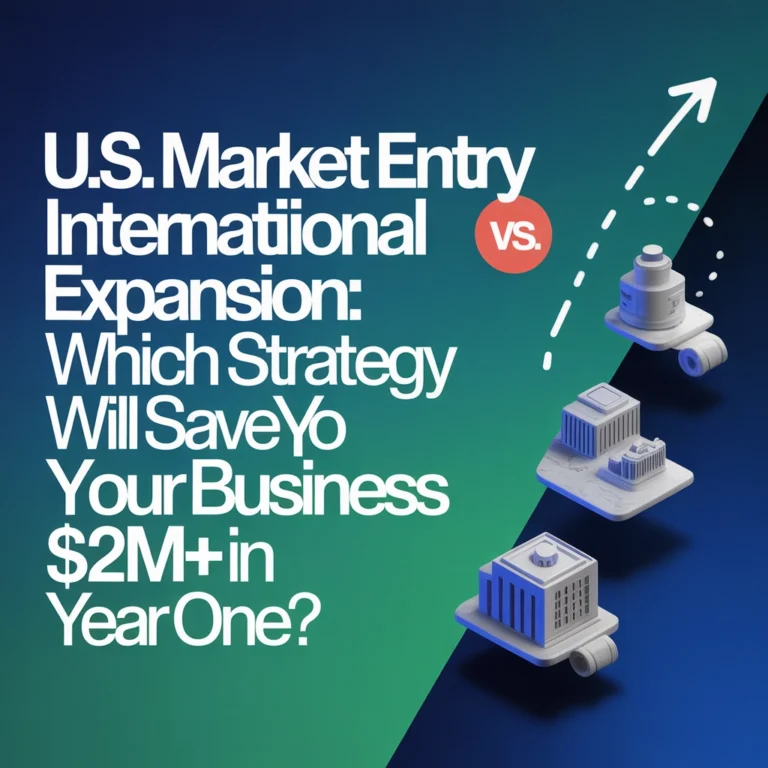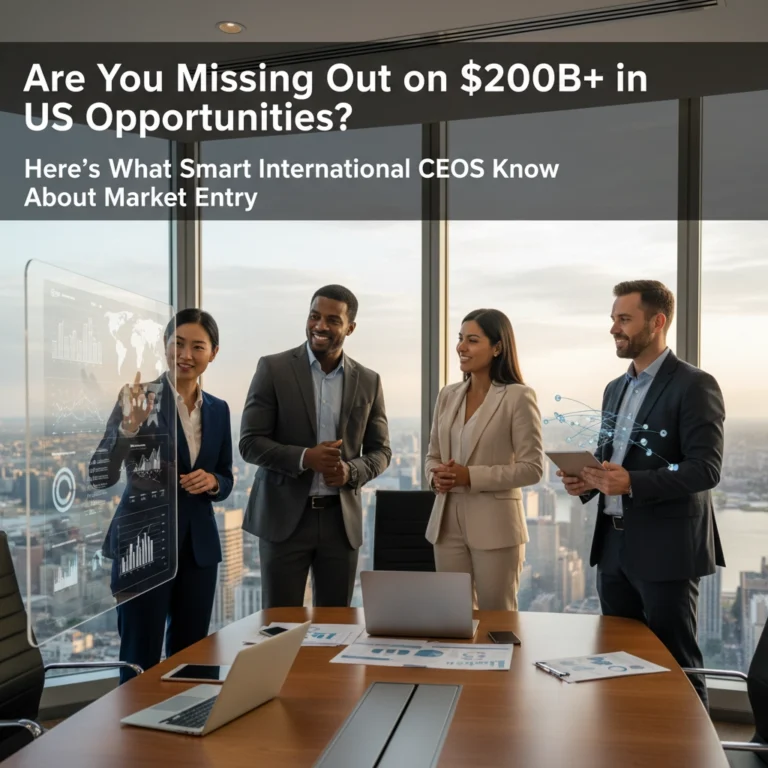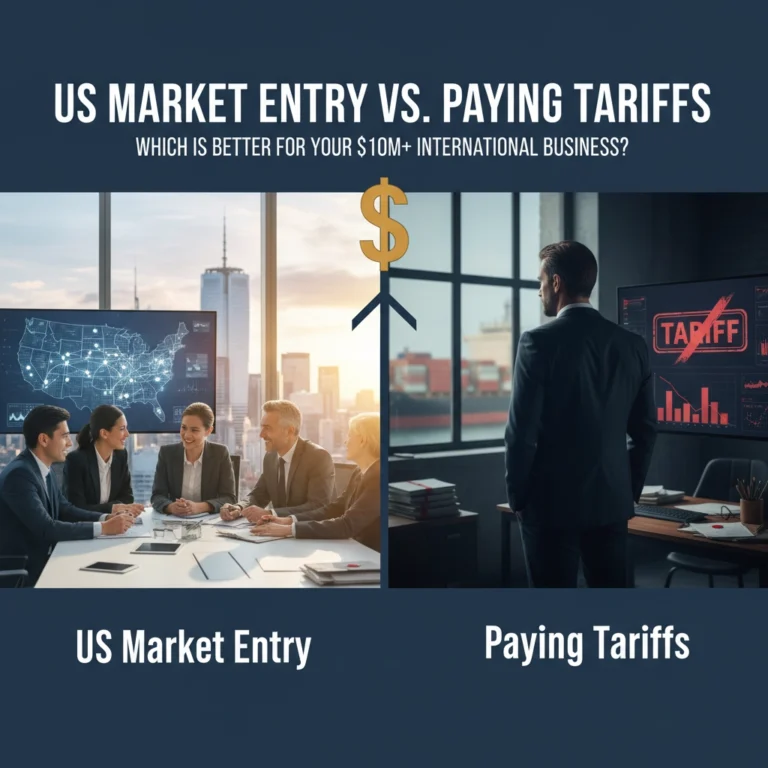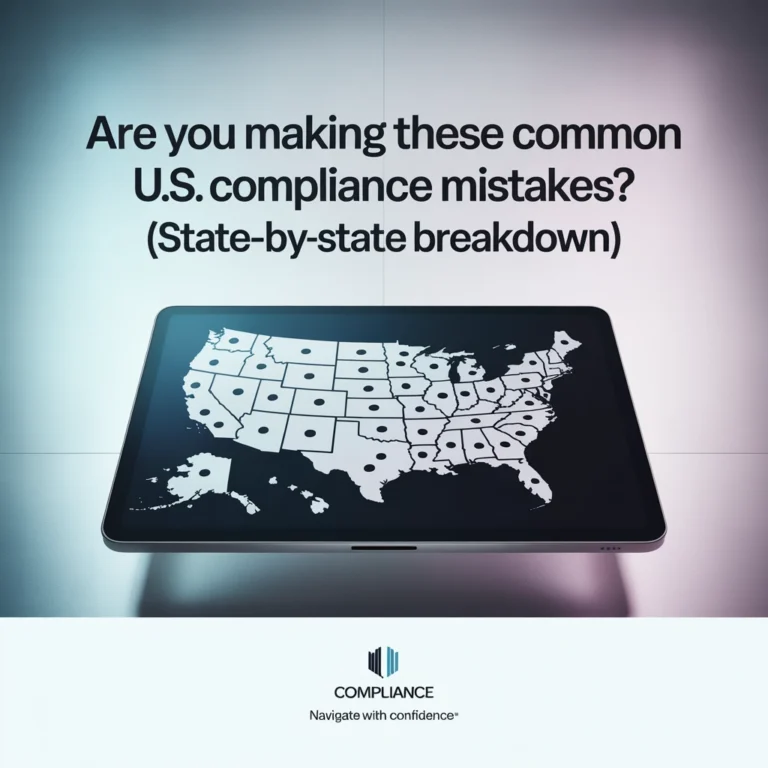Executive Order Alert: How Smart International Companies Are Turning Tariff Changes Into Growth Opportunities
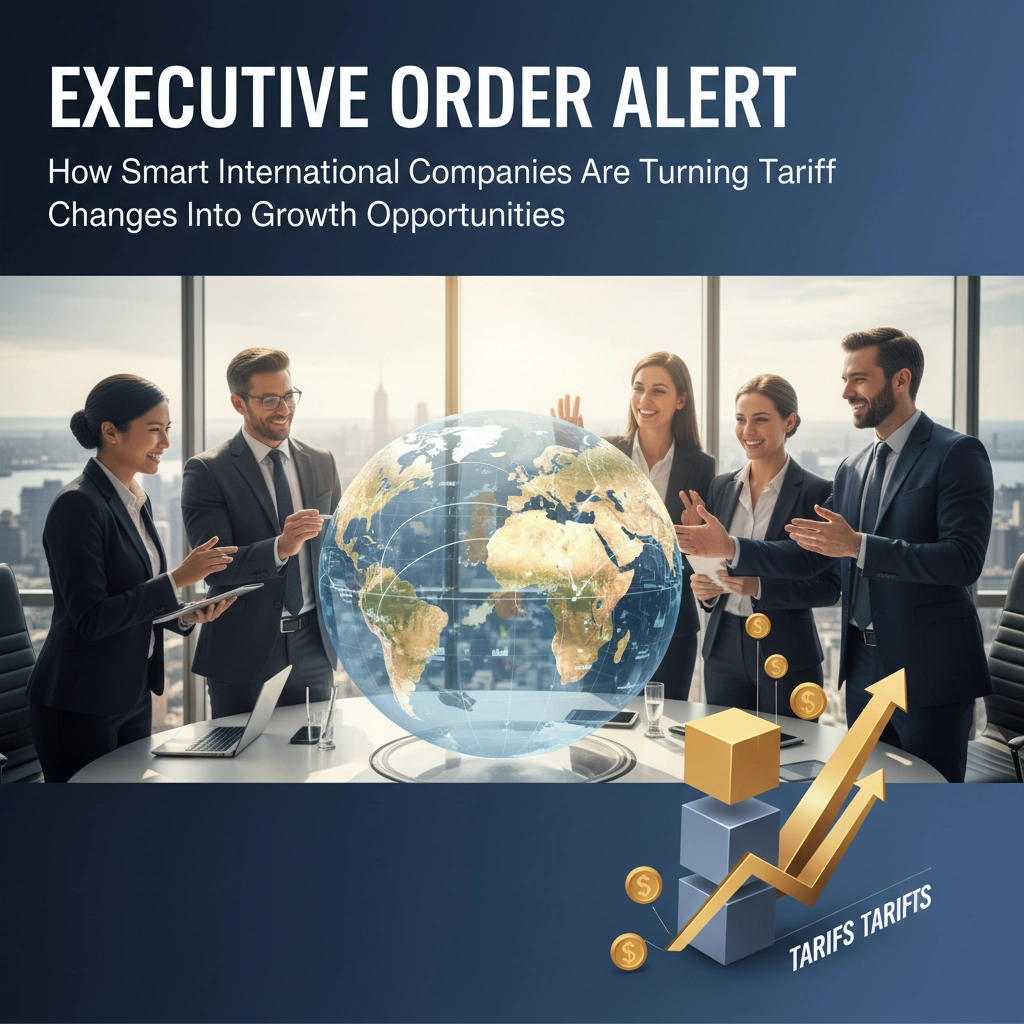
The tariff game has completely changed in 2025, and while most companies are scrambling to keep up, the smart ones are already three steps ahead: turning these executive order shake-ups into massive growth catalysts.
If you've been watching the news, you know President Trump has been busy with his pen this year. From declaring trade deficits a national emergency in April to the game-changing September 5th executive order that launched the "Potential Tariff Adjustments for Aligned Partners" (PTAAP) framework, the entire international trade landscape got flipped upside down.
But here's the thing: while everyone else is panicking about tariff rates jumping to 10-41%, the companies that are absolutely crushing it right now saw this coming and positioned themselves to win big.
The New Playing Field: What Changed Everything
Let's cut through the noise and talk about what actually matters. The September executive order didn't just tweak some numbers: it created an entirely new pathway for international companies to secure preferential treatment in the U.S. market.
The PTAAP framework is basically a VIP pass system for trade. Companies in four specific categories can now potentially get Most-Favored-Nation treatment if they play their cards right:
- Aircraft and aircraft parts manufacturers
- Generic pharmaceutical companies and ingredient suppliers
- Natural resource companies with products unavailable domestically
- Agricultural producers filling gaps in U.S. production

What makes this absolutely brilliant for forward-thinking companies is that it's not just about what you sell: it's about how strategically you can align yourself with U.S. trade and security objectives.
How the Winners Are Playing This Game
The companies that are already winning big aren't just adapting to these changes: they're actively driving them. Here's exactly what they're doing:
Becoming Trade Deal Architects
Smart pharmaceutical companies are literally becoming key players in bilateral trade negotiations. Instead of just hoping for better tariff treatment, they're working with their home governments to structure agreements that position them as essential partners in U.S.-aligned trade deals.
One generic drug manufacturer we've been tracking secured a pathway to MFN treatment by demonstrating how their supply chain diversification away from problematic regions directly supports U.S. national security objectives. They didn't wait for policy changes: they became the reason for policy changes.
Strategic Supply Chain Realignment
Companies facing higher country-specific tariffs (China at 20%, Mexico at 25%, Canada at 35%, Brazil at 40%, India at 25%) aren't just absorbing the costs. They're using this as an opportunity to completely reimagine their operations.
A Brazilian aerospace parts supplier facing that brutal 40% additional tariff restructured their entire North American operations. Instead of trying to fight the tariff, they established joint ventures with U.S. manufacturers, effectively turning a trade barrier into a competitive moat against their rivals who are still trying to export from Brazil.
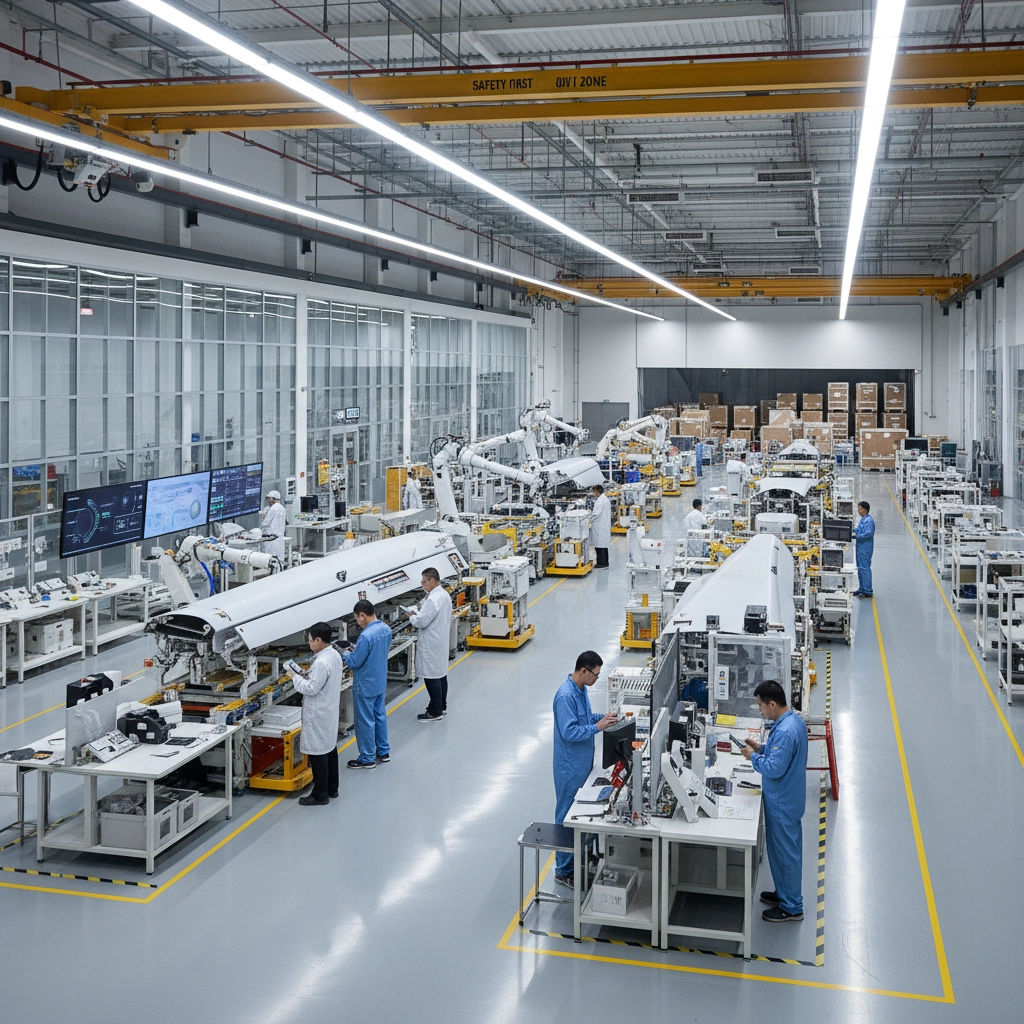
The Four-Category Gold Rush
The PTAAP framework has created what we're calling the "Four-Category Gold Rush." Companies in these sectors have unprecedented opportunities:
Aircraft and Parts: Defense contractors and commercial aviation suppliers are leveraging their strategic importance to secure long-term preferential access. They're not just selling products: they're selling national security partnerships.
Generic Pharmaceuticals: With supply chain security becoming a national priority, generic manufacturers are positioning themselves as alternatives to China-dependent supply chains. The companies winning here aren't just offering lower prices: they're offering supply chain independence.
Natural Resources: Companies with access to critical materials unavailable in the U.S. have suddenly become incredibly valuable strategic partners. They're not just suppliers: they're essential infrastructure for American industry.
Agricultural Products: Food security is national security, and agricultural companies filling genuine gaps in U.S. production capacity have found themselves with tremendous negotiating power.
The Speed Advantage: Why Timing Is Everything
Here's what most companies are missing: the executive order modifications took effect on September 8, 2025: just two weeks after signing. The companies that had their strategies ready on day one are now months ahead of their competition.
But here's the opportunity: the framework explicitly allows for future modifications as countries conclude meaningful agreements with the U.S. This isn't a one-time deal: it's an ongoing system where proactive companies can continuously improve their position.
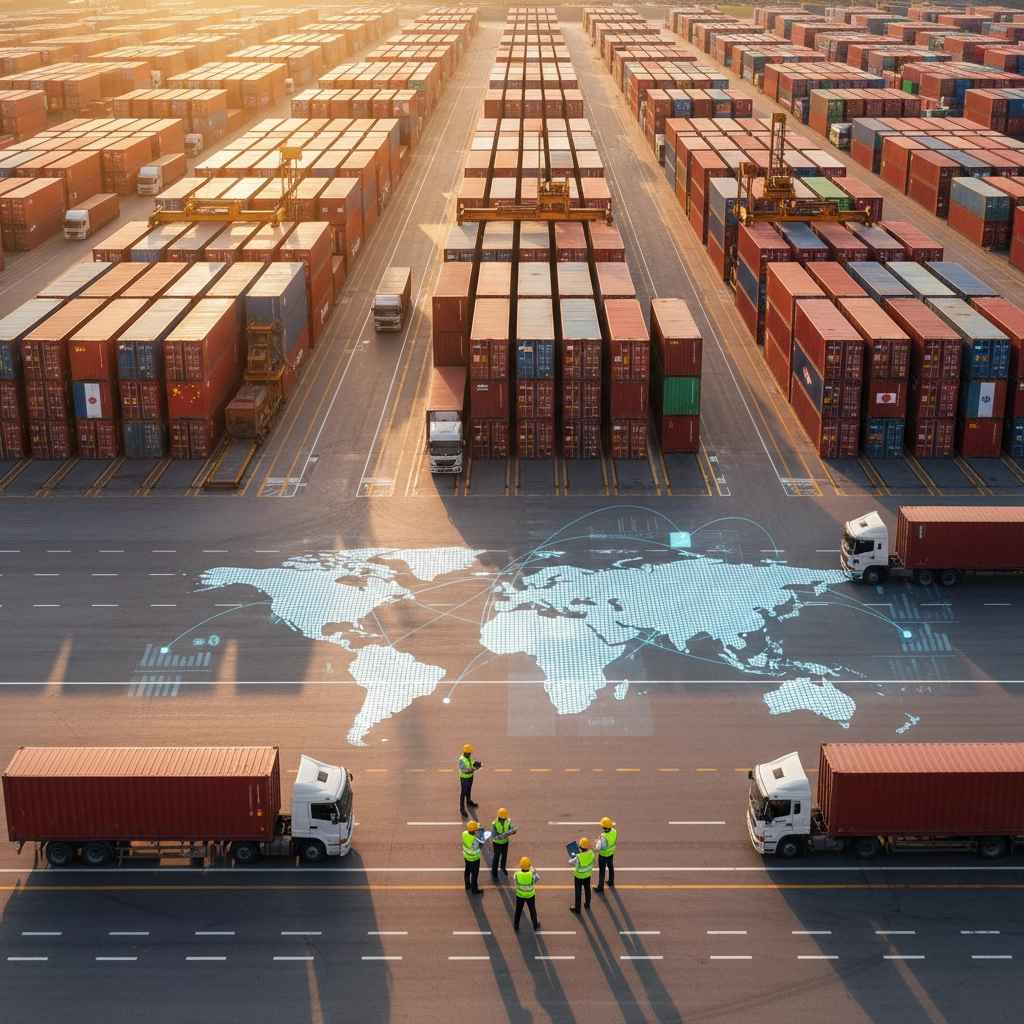
Country-Specific Strategies That Are Actually Working
Every country faces different challenges, but the winning companies have figured out how to turn their specific situations into advantages:
Chinese Companies: Instead of fighting the 20% opioid-related tariff, successful Chinese manufacturers are establishing separate supply chains with full transparency and U.S. oversight. They're not hiding from scrutiny: they're embracing it as a competitive advantage.
Mexican Companies: Rather than just complaining about the 25% drug flow tariff, smart Mexican businesses are becoming partners in border security solutions. They're turning compliance into a value proposition.
Canadian Companies: Facing that 35% tariff, successful Canadian firms are leveraging their geographic advantage and cultural alignment to create integrated North American operations that benefit both countries.
European Companies: With that minimum 15% EU tariff, European businesses are using their advanced regulatory compliance capabilities to position themselves as gold-standard partners for U.S. market entry.
The Compliance Clarity Advantage
One of the biggest opportunities in all this chaos is compliance clarity. While most companies are confused about the new requirements, the smart ones are turning regulatory expertise into a competitive weapon.
Companies that master the PTAAP qualification process aren't just saving money on tariffs: they're becoming the preferred partners for other international businesses trying to navigate the system. They're building entire service businesses around their compliance expertise.

The Joint Venture Explosion
Section 232 tariffs on automobiles, auto parts, copper, steel, and aluminum have created what we're calling the "Joint Venture Explosion." Foreign companies in these sectors are finding that partnership strategies often work better than direct competition.
A German automotive parts supplier facing steep steel tariffs restructured their entire U.S. strategy around joint ventures with American manufacturers. Instead of trying to export finished products, they're now co-developing next-generation technologies with U.S. partners, effectively turning trade barriers into innovation accelerators.
Positioning for the Next Wave
The companies that are really winning aren't just adapting to current changes: they're positioning for the next wave of executive orders. They're building relationships with the Secretary of Commerce and U.S. Trade Representative offices before they need them.
They're also building flexibility into their operations that lets them quickly capitalize on new opportunities as the PTAAP framework evolves. Instead of rigid supply chains, they're creating adaptive networks that can shift focus based on changing trade dynamics.
Your Next Move
The tariff landscape is going to keep changing, but the opportunities for smart international companies have never been bigger. The question isn't whether you can survive these changes: it's whether you're positioned to turn them into your biggest growth catalyst yet.
The companies winning this game aren't just reacting to executive orders: they're anticipating them, preparing for them, and positioning themselves to benefit from them.

Ready to turn tariff challenges into growth opportunities? The window for first-mover advantage is still open, but it won't stay that way forever.
Learn how USLaunch can help you navigate the new tariff landscape

